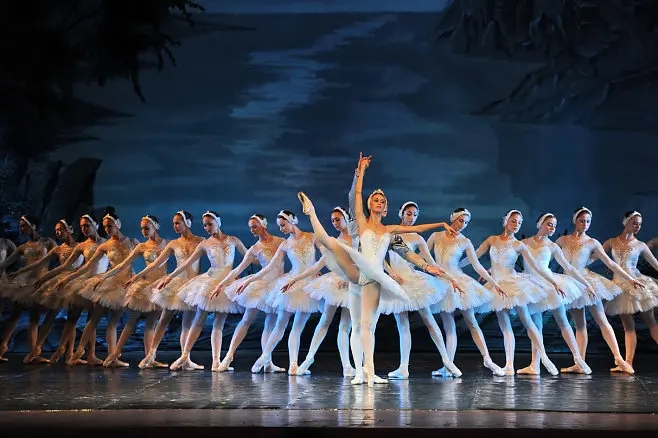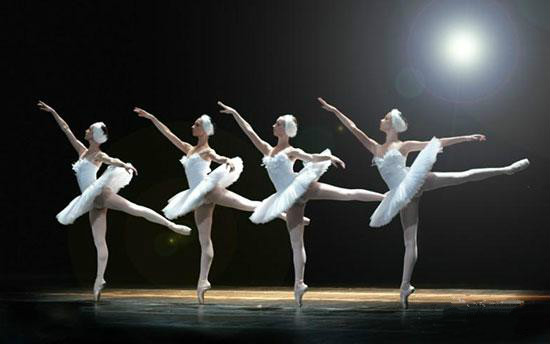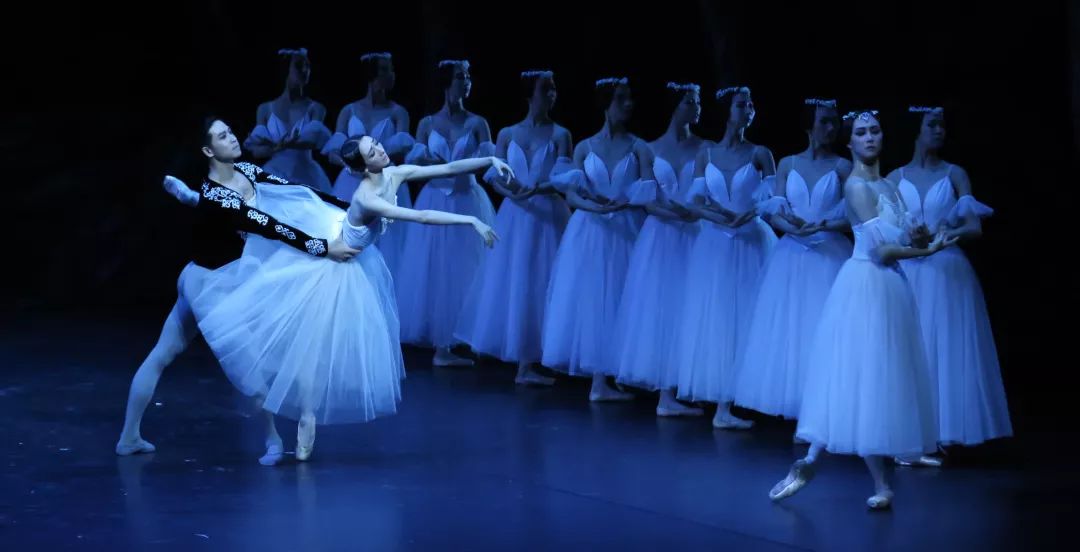 English
English-
 Español
Español
-
 Português
Português
-
 Portugiesisch
Portugiesisch
-
 Français
Français
-
 日本語
日本語
-
 Български
Български
-
 한국어
한국어
-
 Türkçe
Türkçe
-
 Nederlands
Nederlands
-
 English
English
-
 Eesti
Eesti
-
 Suomi
Suomi
-
 বাঙ্গালি
বাঙ্গালি
-
 беларуская
беларуская
-
 Ελληνικά
Ελληνικά
-
 Kreyòl ayisyen
Kreyòl ayisyen
-
 עִברִית
עִברִית
-
 हिन्दी
हिन्दी
-
 Magyar
Magyar
-
 íslenskur
íslenskur
-
 Gaeilge
Gaeilge
-
 italiano
italiano
-
 Hrvatski
Hrvatski
-
 Latinus
Latinus
-
 latviski
latviski
-
 Melayu
Melayu
-
 Malti
Malti
-
 Монгол
Монгол
-
 မြန်မာ
မြန်မာ
-
 فارسی
فارسی
-
 Polski
Polski
-
 عربي
عربي
-
 Română
Română
-
 русский
русский
-
 slovenský
slovenský
-
 Slovenščina
Slovenščina
-
 Afrikaans
Afrikaans
-
 svenska
svenska
-
 dansk
dansk
-
 український
український
-
 o'zbek
o'zbek
-
 Cymraeg
Cymraeg
-
Zulu
-
 Tiếng Việt
Tiếng Việt
-
 bosanski
bosanski
-
 Deutsch
Deutsch
-
 eesti keel
eesti keel
-
 ไทย
ไทย
The Lausanne Bega Ballet returns to the National Theatre to present the highlights of modern ballet
Mon Apr 22 08:47:50 CST 2024
On the evening of April 19, the Lausanne Bega Ballet in Switzerland brought four classics by choreographer Maurice Bega, "Seven Dances of the Greeks", "Adagio Duet", "Firebird" and "Ballero" back to the stage of the National Opera House, presenting the audience with a highlight moment of modern ballet in the collision of body and mind.

The performance kicked off with the sound of waves. In a dark blue set, the bodies of the dancers lit up the entire stage. "Seven Dances of the Greeks" accompanied by the music composed by the Greek composer Mikis Theozolakis presented a perfect interpretation of rationality, and the dancers' costumes were as simple and capable as practice clothes. As Maurice Becca said, "We want to be the other, not the other," all the external Greek elements were stripped away, and only the Greek folk characteristics of music and action were retained. This is a folk style that returns to its original state: the dancers by the sea are freed from all shackles and dance for the sea, for the sun, and for freedom.
Stills from "Malraux: The Metamorphosis of the Gods" for "Adagio Pair". Photography: Wang Xiaojing

Then came "Adagio Duet," a reference to "Malraux: The Metamorphosis of the Gods," which was also the play's first domestic performance. Accompanied by the stirring melodies of Ludwig von Beethoven, Julian Favreau's character slowly enters the stage, and the two dancers perform a moving chapter of intimate relationship, weaving emotional resonance for the audience beyond words.
Maurice Becca's version of "Firebird" is quite modern. Photography: Wang Xiaojing

The night of the ballet continued in "Firebird," based on a tune by Igor Stravinsky. Unlike Mikhail Fokin's version of "Firebird", which is commonly used by the public, Maurice Becca's version of "Firebird" is more modern. Becca regards the firebird as a symbol of the avant-garde artist, and the firebird leads the crowd to unite, unyielding, and gaining the power of life in the rebirth. On the stage, a touch of bright red is high and high, and under the reflection of the red light, the firebird is reborn from the fire, and then a large group of firebirds continue to emerge, dancing with the fire and singing nirvana. People's pursuit of freedom and ideals is like the spirit of the firebird, burning forever and never extinguishing.

Becca's classic "Ballero" brought the performance to a successful conclusion. A number of dancers from Beijing Sports University and the Lausanne Becca Ballet completed the performance together. On the black stage, a huge red round table was placed in the center, and the dancers on the table gradually began to move with the appearance of music. From the initial slow, simple and restrained, to the later rapid, complex and wild, the dancers on the round table began to dance uncontrollably. With the repeated cycle of the rhythm of the "Ballero" dance and the increasing volume, the stage showed the vigorous life force like a pulse. There were no complicated and difficult movements, no complicated formations, and the atmosphere was gradually pushed to a climax in the repetition over and over again. It was this simple power of expression that could accurately express the spiritual core of Ravel's music, which made people admire Maurice Bega's choreography skills.

